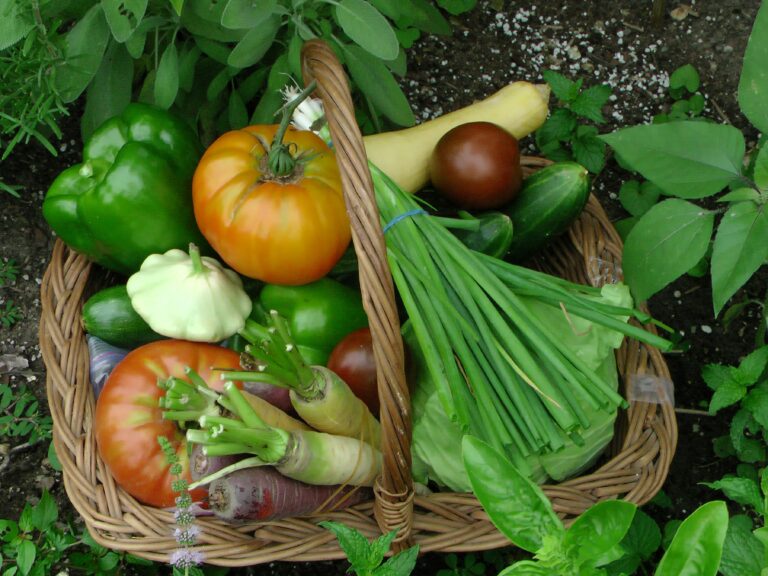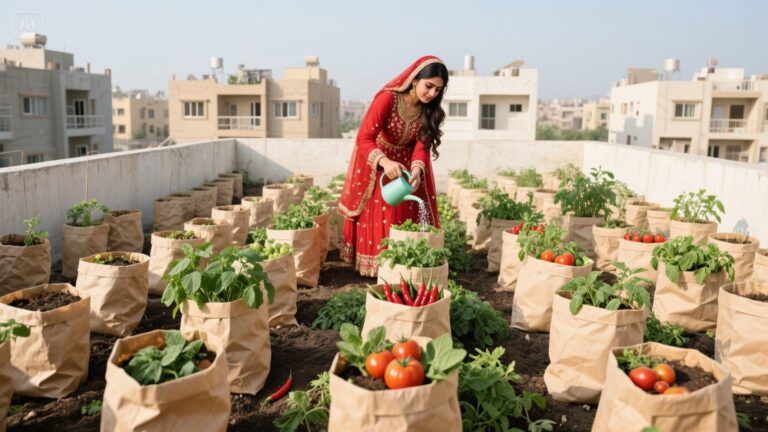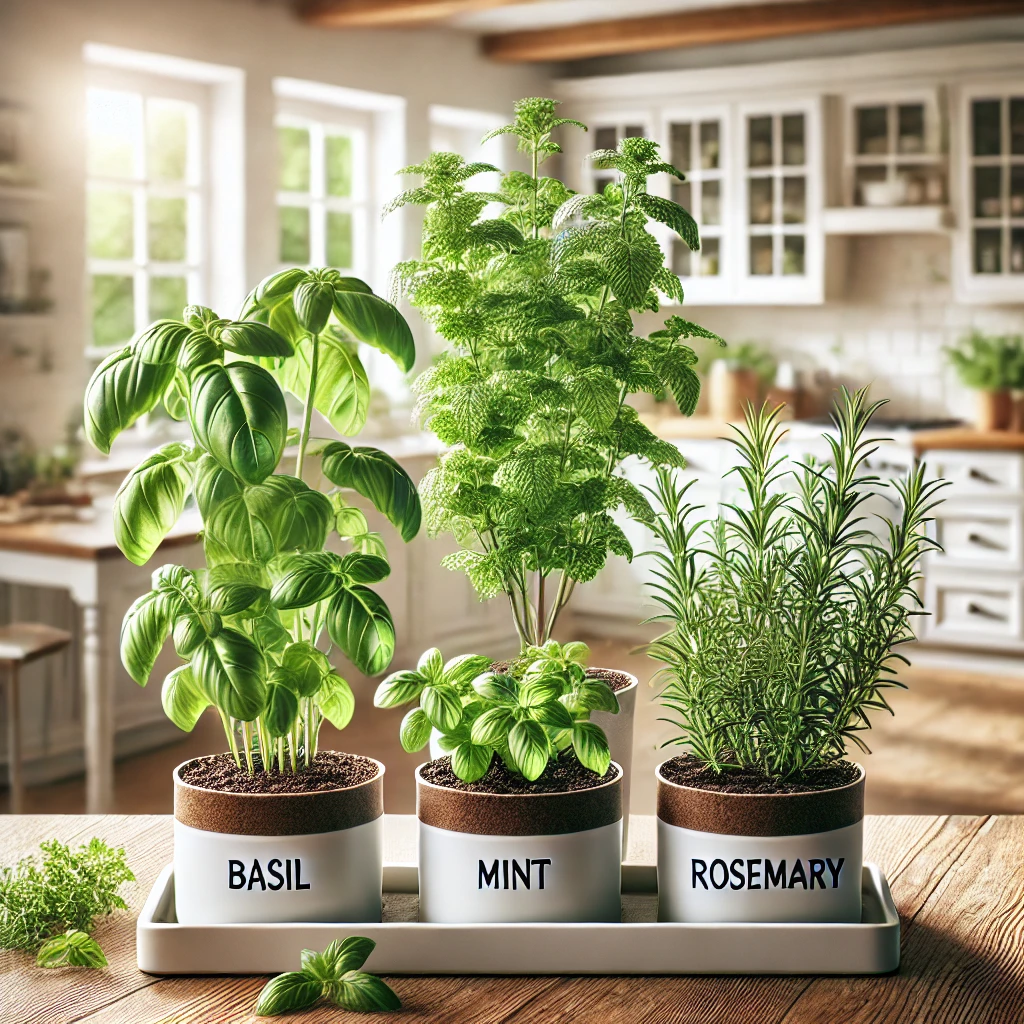![]()
How to Use Fabric Grow Bags for the Container Garden (Beginner’s Guide)
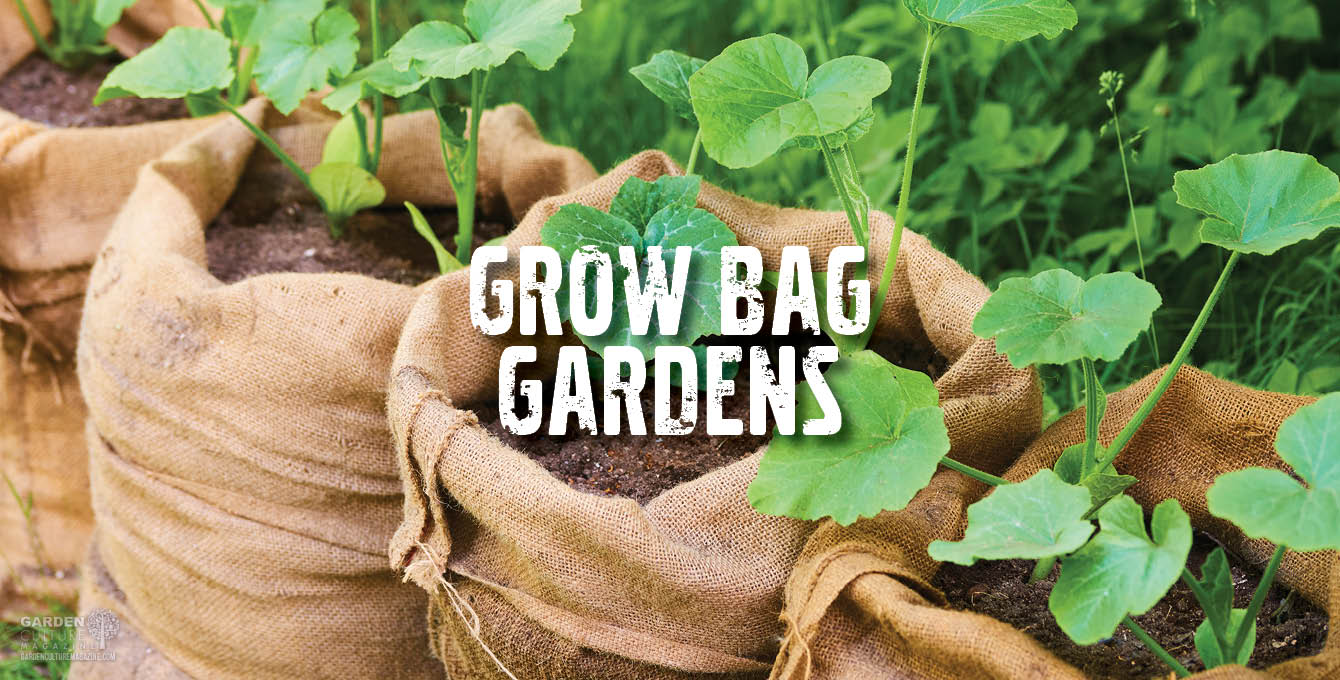
Want to start a container garden but don’t have much space or soil? Fabric grow bags are the perfect solution. These eco-friendly, breathable containers make growing vegetables, herbs, and even flowers incredibly easy—even in tight urban spaces. In this post, we’ll show you exactly how to use fabric grow bags for the container garden and get the most out of your kitchen gardening efforts.
What Are Fabric Grow Bags?
Fabric grow bags are plant containers made from non-woven fabric, usually polypropylene or recycled material. Unlike traditional plastic pots, they are:
- Breathable
- Lightweight
- Durable
- Easy to store and reuse
The fabric allows better air circulation to roots, promoting air pruning and healthier plant growth. They also drain well, preventing root rot.https://greensoulpk.com/wp-admin/post.php?post=1089&action=edit
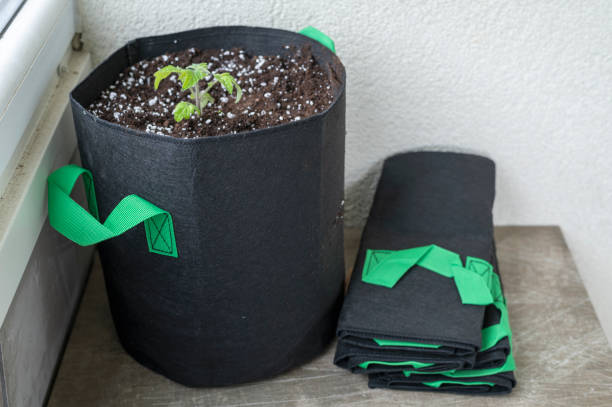
Why Use Fabric Grow Bags for Your Container Garden?
Here’s why fabric grow bags are ideal for container gardening in Pakistan:
- Perfect for small spaces: balconies, rooftops, patios
- Prevents overwatering: excess water drains naturally
- Improves root structure: air pruning encourages fibrous roots
- Portable & foldable: move plants easily to catch sunlight
- Reusable & eco-friendly: lasts several growing seasons
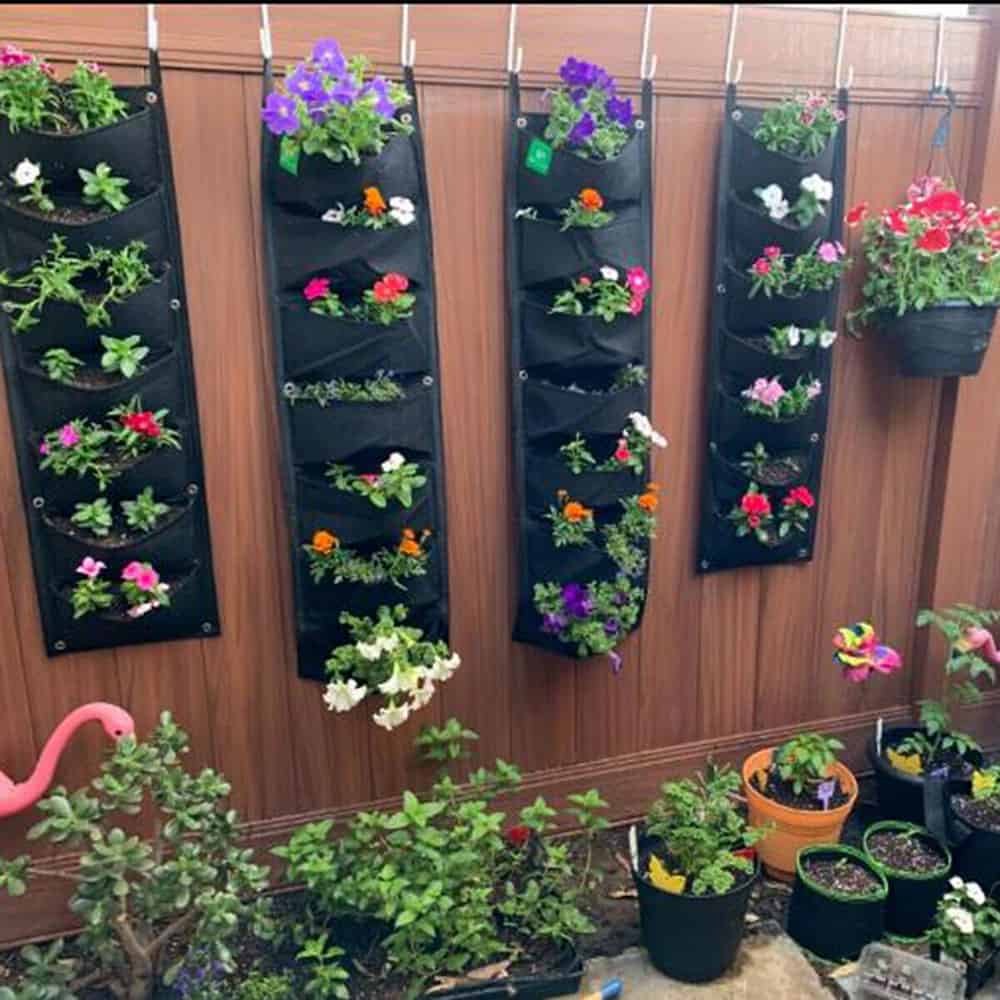
What You Need to Start
To begin container gardening with fabric grow bags, gather the following:
- Fabric grow bags (choose appropriate size)
- High-quality potting mix (light, well-draining)
- Compost or organic fertilizer
- Vegetable or herb seedlings/seeds
- Watering can or spray
- Mulch (optional)
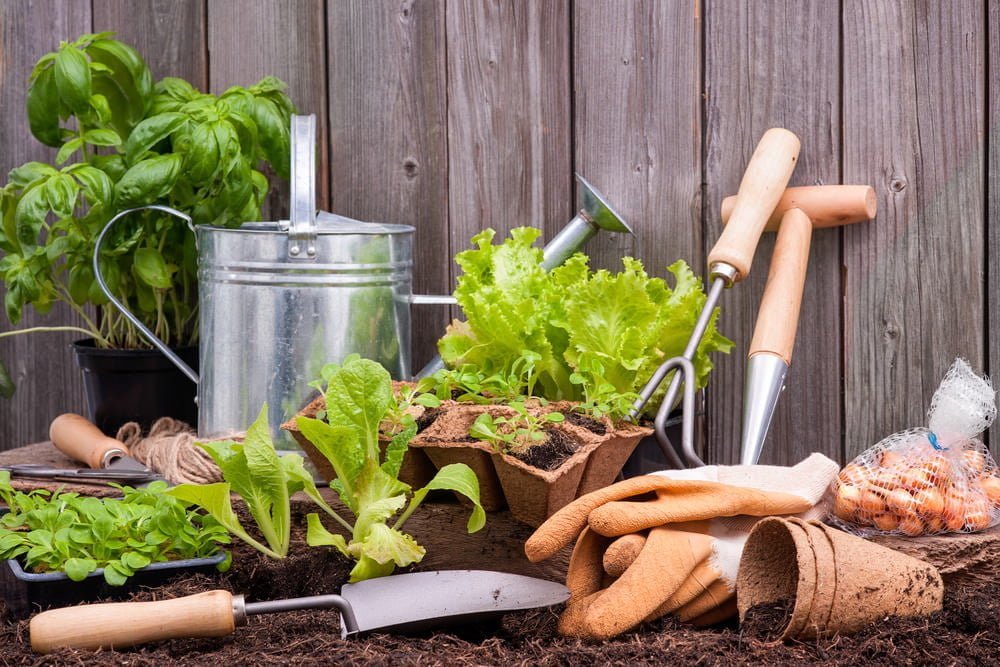
How to Use Fabric Grow Bags – Step-by-Step
Follow these easy steps to set up your container garden with grow bags:
1. Choose the Right Size Bag
Different plants need different root space:
- 5-gallon bags: Ideal for herbs, lettuce, spinach
- 7–10-gallon bags: Good for tomatoes, peppers, eggplant
- 15–20-gallon bags: Great for potatoes, larger root vegetables
Read: Grow Bag Size Guide for Vegetables in Pakistanhttps://greensoulpk.com/wp-admin/post.php?post=1900&action=edit
2. Prepare the Soil Mix
Fill ¾ of the grow bag with this mix:
- 50% potting soil
- 30% compost
- 20% coco peat or perlite
Mix well and water lightly to settle the soil.
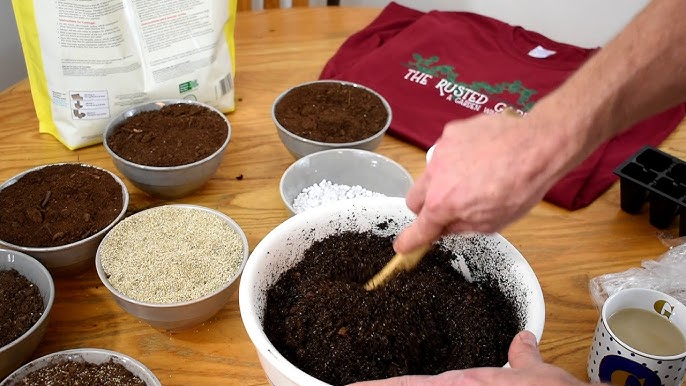
3. Plant Your Seeds or Seedlings
Create small holes and plant seeds or seedlings as per spacing guidelines. Gently press the soil and water thoroughly.https://greensoulpk.com/wp-admin/post.php?post=1624&action=edit
4. Watering & Drainage Tips
Water when the top 1–2 inches of soil feels dry. Fabric bags drain well but dry out faster—so check them daily in hot weather.
5. Mulch for Moisture Retention
Adding a layer of straw or dried leaves on top of the soil helps retain moisture and reduces weeds.
6. Feeding Your Plants
Feed every 2–3 weeks with compost tea or organic liquid fertilizer for healthy, productive plants.
Placement Tips for Sunlight & Airflow
Most vegetables need at least 6–8 hours of sunlight. Place your grow bags where they’ll get enough light—preferably south-facing areas. Ensure good airflow to prevent fungal diseases.
Pro tip: You can rotate bags during the day to ensure even light exposure.
Cleaning & Reusing Grow Bags
After the season ends:
- Remove soil and shake off excess dirt.
- Wash with mild soap and water.
- Let them air dry in the sun.
- Fold and store in a dry place.
Fabric grow bags can last 3–5 seasons with proper care.
Best Plants to Grow in Fabric Grow Bags
Some plants that thrive in fabric grow bags include:
- Herbs: Basil, coriander, mint, parsley
- Vegetables: Tomatoes, chilies, okra, spinach, lettuce
- Root crops: Potatoes, carrots, radishes
- Fruits: Strawberries, dwarf lemon plants
- https://greensoulpk.com/wp-admin/post.php?post=2099&action=edit
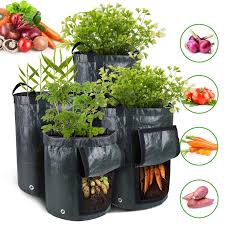
Where to Buy Fabric Grow Bags in Pakistan?
At GreenSoul.pk, we offer premium-quality fabric grow bags in various sizes and colors. All our products are reusable, breathable, and tailored for the Pakistani climate.
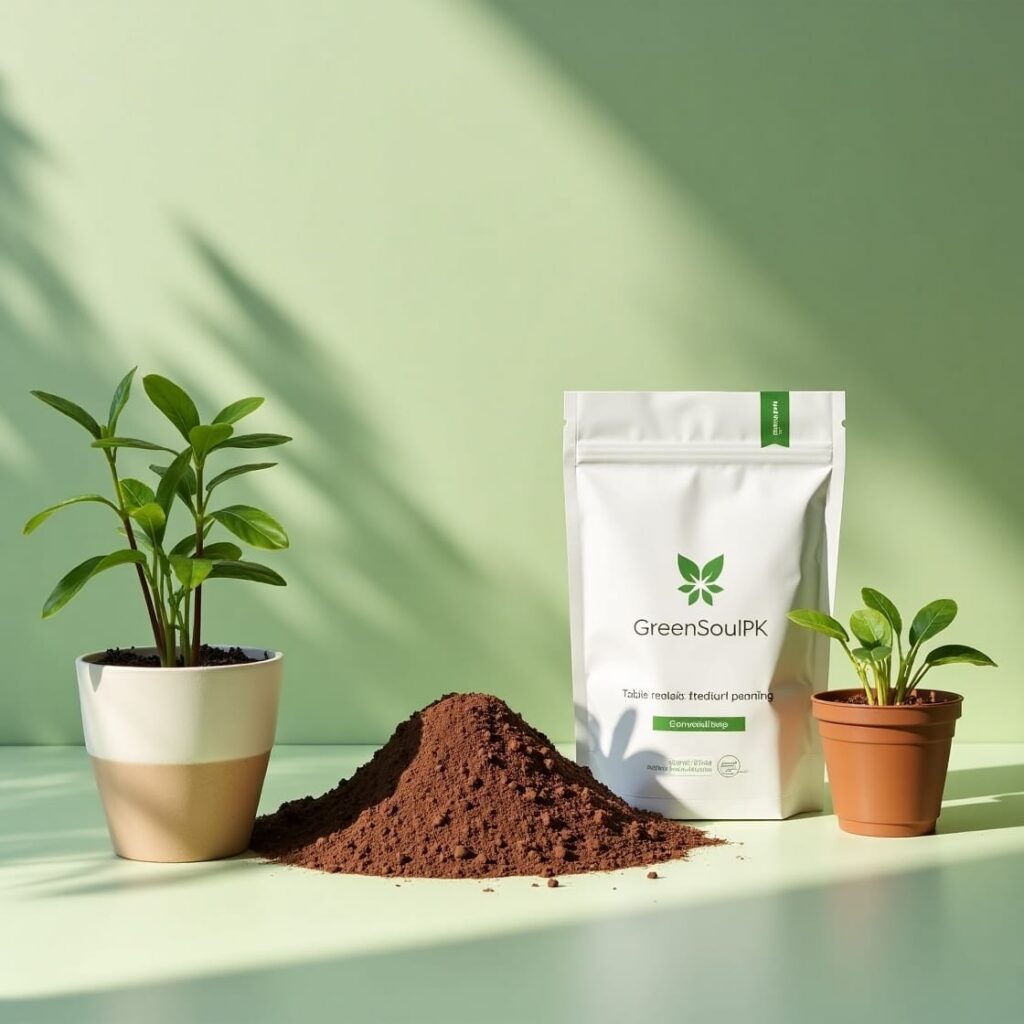
Conclusion: Container Gardening Made Easy
Fabric grow bags make container gardening simple, affordable, and efficient—even in limited spaces. With just a little care and planning, you can enjoy homegrown, pesticide-free vegetables all year round.
So why wait? Start your container garden today with eco-friendly fabric grow bags and watch your plants thrive!

